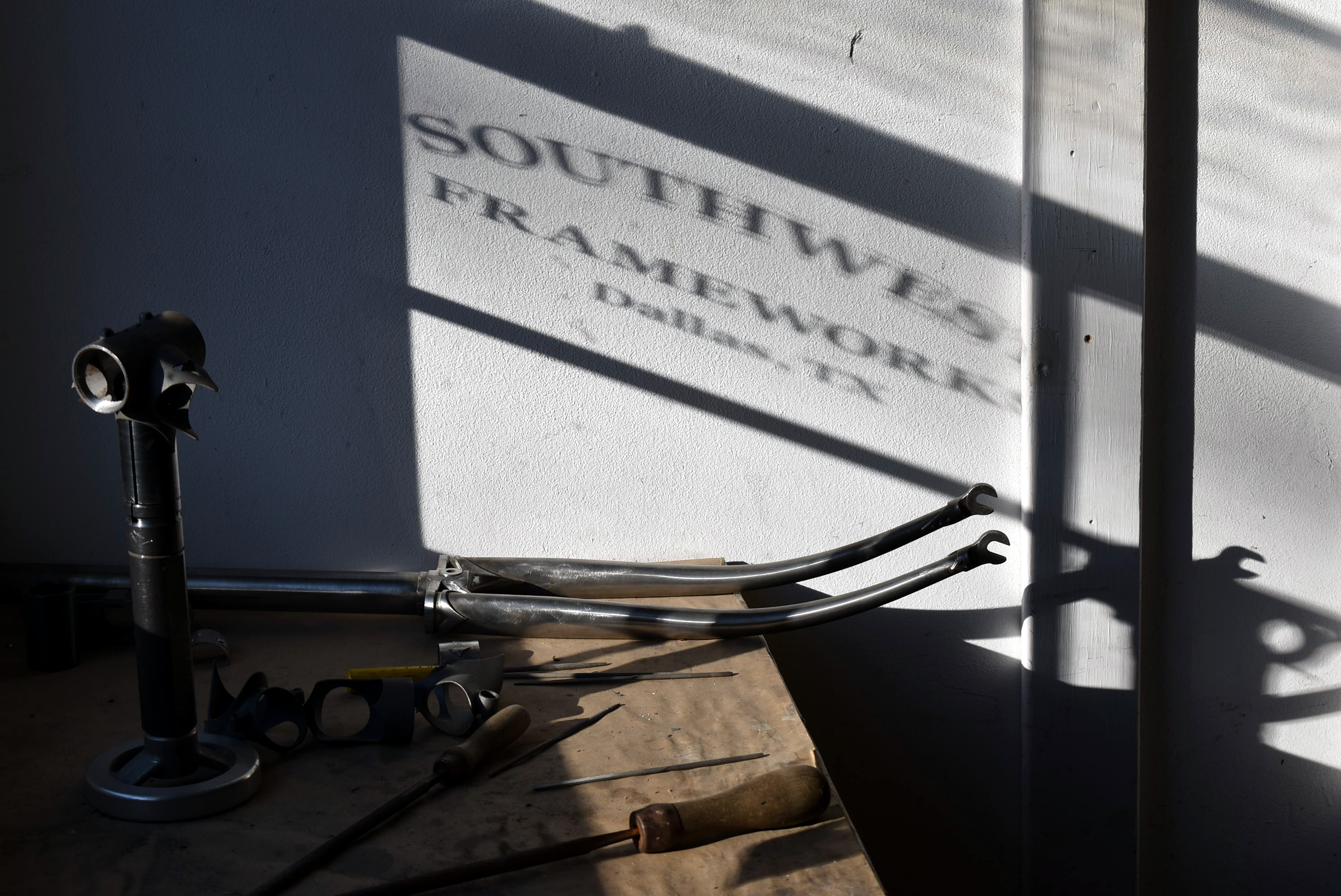Hello everyone.
I'm new here and have a few questions. I paint bicycle frames and occasionally have some overspray problems with the clearcoat. This causes dry spots or orangepeel. The way we usually take care of this is to wetsand, then buff with a DA buffer. I recently decided to try some Meguiar's Diamond Cut Compound 2.0, product # 8532, that is rated 85 cutting. Is this a good product to use for our overspray problems? We had been using 3M Finesse-it, but wanted to try something different. Is there a different Meguiars' product that is better suited for this purpose?
Any suggestions or recommendations are appreciated.
Thanks.
I'm new here and have a few questions. I paint bicycle frames and occasionally have some overspray problems with the clearcoat. This causes dry spots or orangepeel. The way we usually take care of this is to wetsand, then buff with a DA buffer. I recently decided to try some Meguiar's Diamond Cut Compound 2.0, product # 8532, that is rated 85 cutting. Is this a good product to use for our overspray problems? We had been using 3M Finesse-it, but wanted to try something different. Is there a different Meguiars' product that is better suited for this purpose?
Any suggestions or recommendations are appreciated.
Thanks.



 That certainly can happen.
That certainly can happen.





Comment